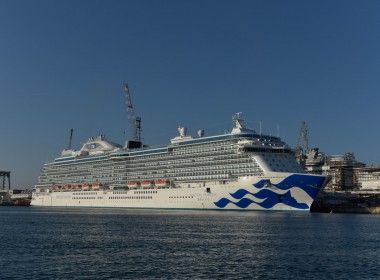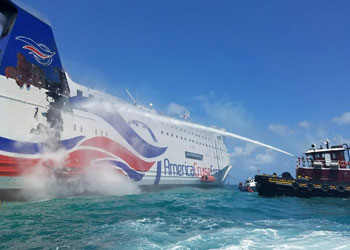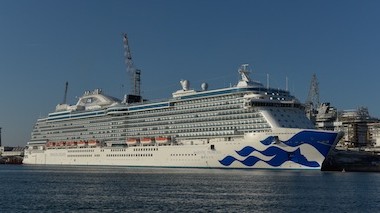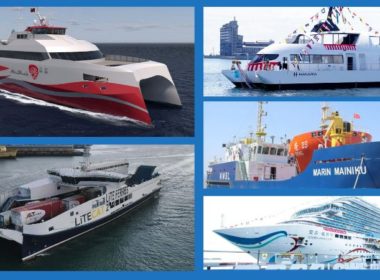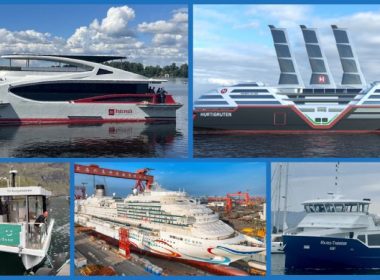Passenger Vessel News Roundup | January 10 – Argentine electric ferry prototype, Chinese large cruise ship and more

A Chinese-built cruise ship begins operational sailings while three commuter catamarans have been delivered to a Singaporean owner. A battery-powered ferry will soon commence trials in preparation for service in Argentina’s inland waters. Finally, a Swedish shipowner selects a Chinese yard for the construction of a new ferry for a Mediterranean route.
China’s newest large cruise ship sails on maiden voyage
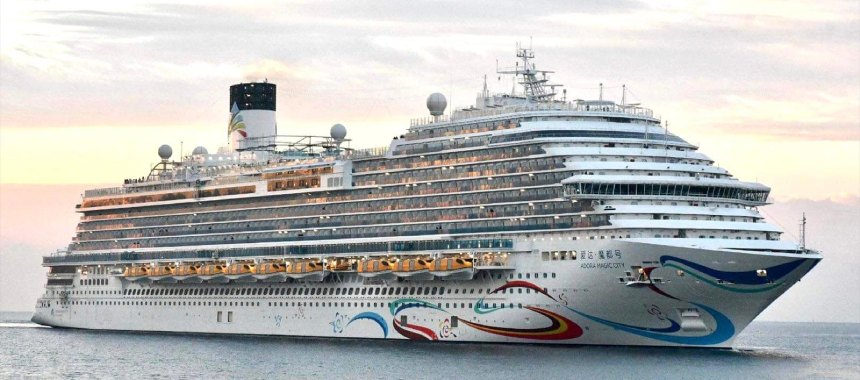
China’s CSSC Carnival Cruise Shipping has completed the maiden voyage of the first large cruise ship to be built in the country.
Built by Shanghai Waigaoqiao Shipbuilding, Adora Magic City utilises a design developed jointly by US-based cruise operator Carnival Corporation and Italian shipbuilder Fincantieri. The ship is classed by both Lloyd’s Register and China Classification Society.
The Panamanian-flagged vessel has an LOA of 323.6 metres, a gross tonnage of 135,500, and 2,125 staterooms to house a total of 5,246 guests. Facilities include specialty restaurants, bars, cafes, a water park, a science and exploration centre, and venues for live entertainment.
Electric catamaran trio enters service in Singapore
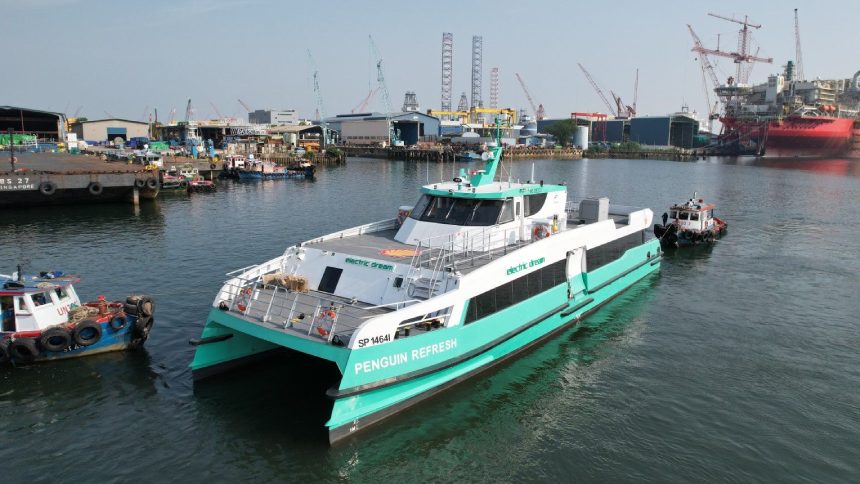
Three new all-electric catamaran ferries will soon commence operations in Singapore, transporting passengers between the mainland and Shell’s Energy and Chemicals Park on the island of Pulau Bukom.
Sister vessels Penguin Refresh, Penguin Recharge, and Penguin Renewable each have seating for 200 passengers and a 1.2MWh lithium-ion battery pack that will deliver speeds of up to 21 knots. The batteries will be charged via shore connection.
The designer said the ferries’ operation will help reduce Singapore’s carbon emissions by as much as 6,000 tonnes each year.
Battery-powered river ferry prototype under development in Argentina
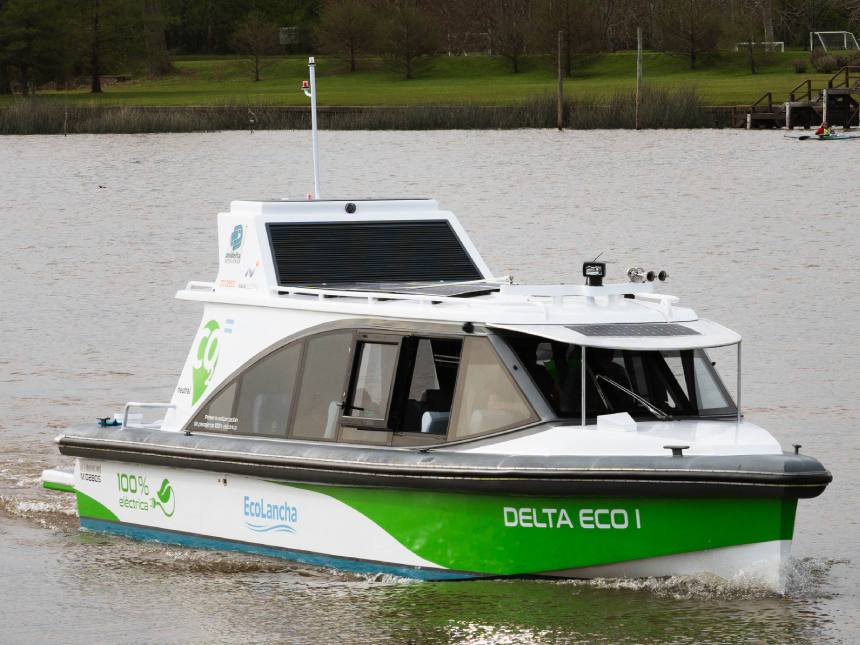
A new type of commuter ferry powered by batteries will soon begin undergoing trials as part of a project led by Argentine ferry operator Delta Argentina Uruguay.
The aluminium ferry prototype Delta Eco I can seat 22 passengers and is powered by two Torqeedo motors connected to batteries. The propulsion will enable the vessel to reach a top speed of nine knots.
PV panels on the vessel’s roof will supply the electrical power requirements of the other onboard systems including air conditioning.
Delta Argentina Uruguay intends to place over 170 battery-powered ferries similar to Delta Eco I in service in Argentina’s Delta del Parana region, which consists of wetlands covering more than 21,000 square kilometres as well as 1,000 islands. The newer vessels will replace the older diesel-powered wooden ferries that currently serve the region.
Stena RoRo orders LNG-fuelled ferry for Marseille-Corsica route

Swedish shipping company Stena RoRo has placed an order for a new E-Flexer-class Ro-Pax ferry to be built by China Merchants Jinling Shipyard (Weihai).
The vessel will have a length of 203 metres, a beam of 27.8 metres, a draught of 6.5 metres, and capacity for 1,000 passengers and 2,500 lane metres of freight. Power will be provided by multi-fuel engines that can run on MGO, LNG, or biodiesel.
The ferry will be delivered in the first quarter of 2026 to French operator Corsica Linea and will be deployed on the company’s route between Marseille and Corsica.


